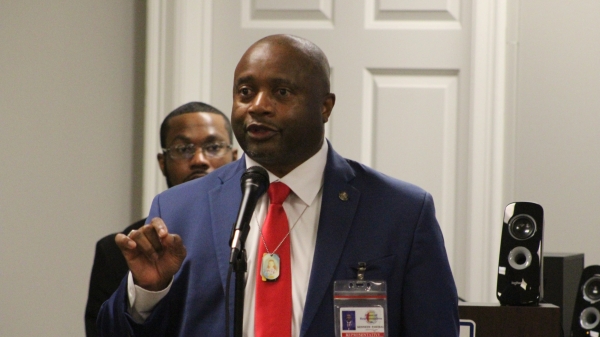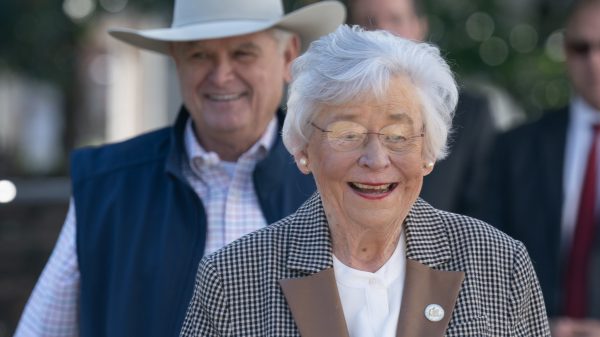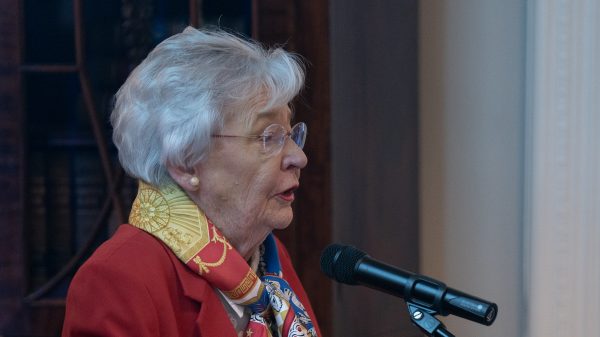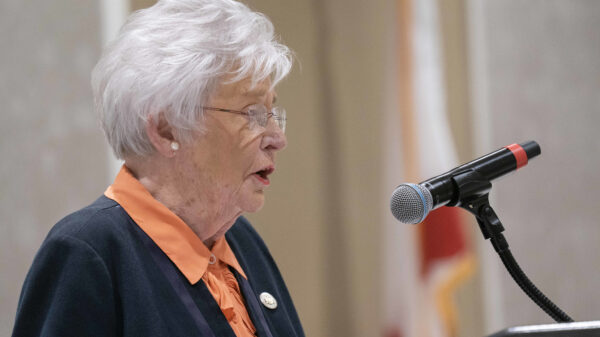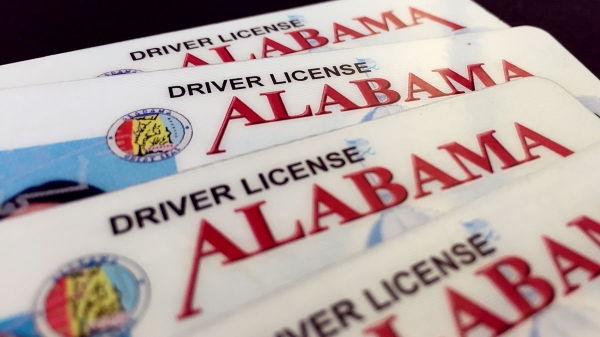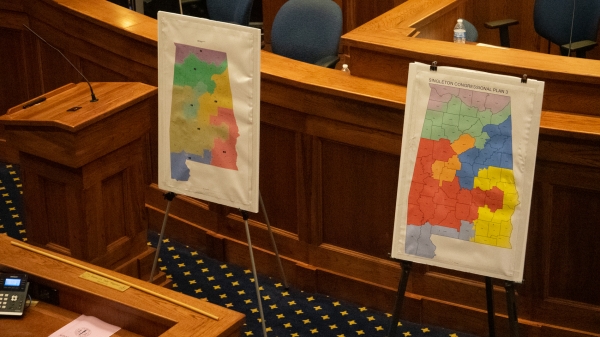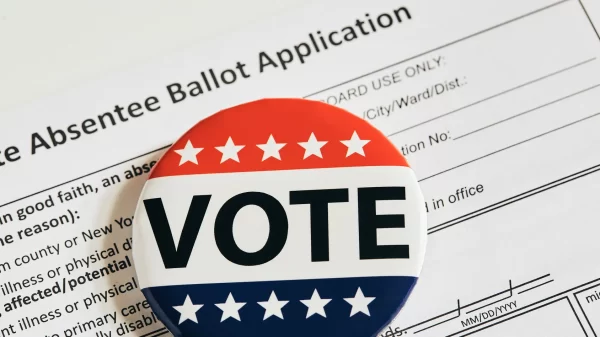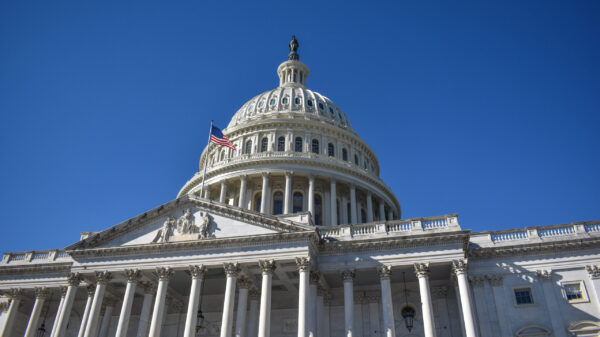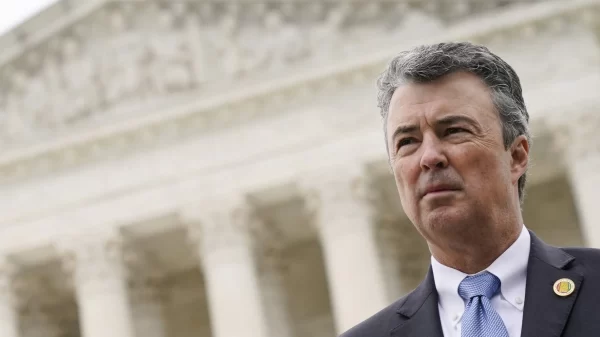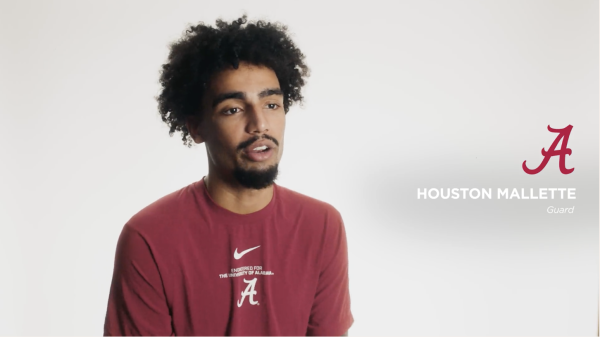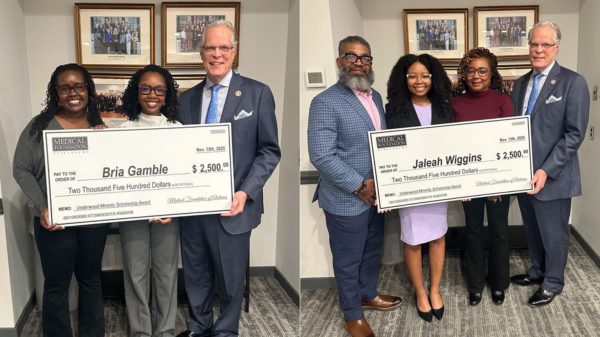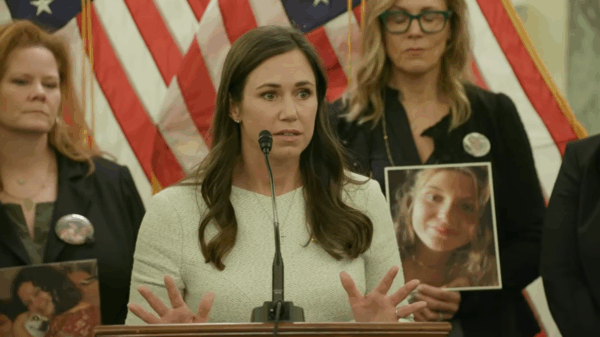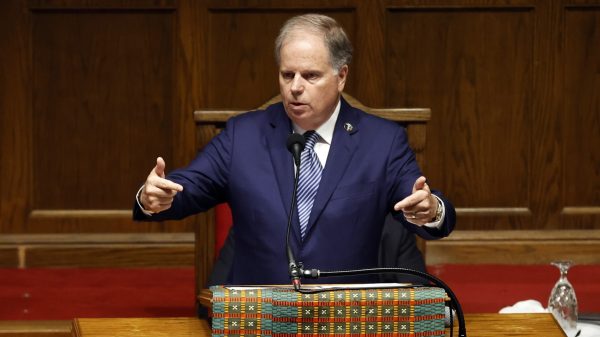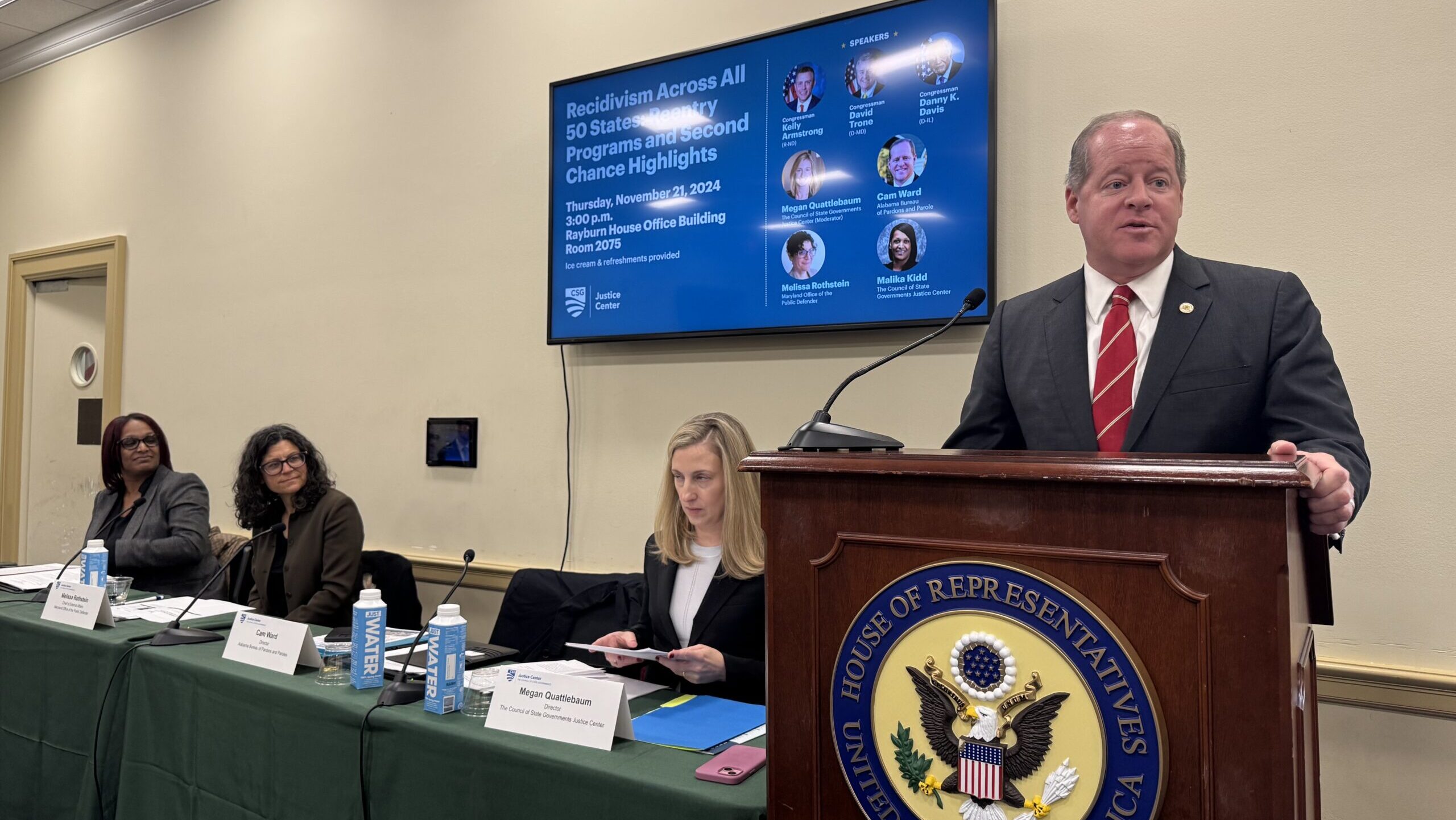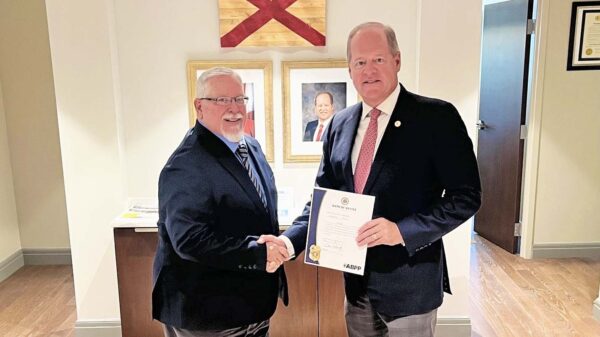The Alabama Bureau of Pardons and Paroles released its March 2025 Monthly Statistical Report, which offers a detailed view of community supervision, parole outcomes and correctional programming across the state.
As of the end of March, probation remains Alabama’s primary form of supervision, accounting for 80 percent of all supervised individuals. This includes more than 35,000 offenders across both active and inactive statuses. Parole and dual supervision represent 8 percent of the supervised population, while mandatory release supervision accounts for 4 percent. These proportions highlight Alabama’s relatively conservative use of parole and early release mechanisms.
Parole grant rates have seen significant variation over the past decade. In fiscal year 2017, the grant rate peaked at 55 percent, but by fiscal year 2023 had dropped to just 8 percent. In the current fiscal year to date, the grant rate stands at 23 percent, suggesting a modest increase overall. However, this remains far below the average recommended grant rate of 80 percent as outlined by the state’s parole guidelines.
The conformance rate measures how often the board’s decisions align with the parole guidelines. The board frequently exercises discretion to deny parole even when guideline criteria are met. Since the beginning of the year, the conformance rate has decreased from 27 percent in January to 22 percent in March.
Notably, women had a higher parole grant rate of 35 percent compared to 21 percent for men. White offenders received a grant rate of 25 percent, while Black offenders were granted parole in 21 percent of cases.
Offense severity and assessed risk level significantly impact parole decisions. Non-violent offenders were granted parole at a rate of 32 percent, while violent offenders received parole in only 11 percent of cases. Low-risk offenders had a grant rate of 26 percent, moderate-risk at 27 percent and high-risk at 15 percent.
High-risk individuals were granted parole at a rate of just 2 percent. These figures show that parole decisions in Alabama are strongly shaped by a preference for low-risk, non-violent candidates, even when program completion or institutional behavior supports eligibility.
Parole guidelines suggested that 175 of the people considered had completed the required programs and made reasonable efforts toward improvement. Of these 175, only 38 were granted parole.
Revocations of supervision show that probation violations continue to account for the majority. Of the 1,342 total revocations recorded for the fiscal year to date, 74 percent were related to probation, 24 percent to parole and only 2 percent to mandatory release. Most revocations were due to technical violations or new criminal offenses.
Alabama’s field supervision network includes 172 parole officers distributed across the districts. These officers are responsible for overseeing more than 25,000 active offenders. The average caseload is around 70 individuals per officer, with urban areas such as Mobile, Birmingham and Huntsville experiencing heavier supervision loads.
In addition, Day Reporting Centers and DRC Lite facilities provide structured support to high-needs populations in three phased sections. As of March 2025, these centers served more than 500 individuals. Programming focuses on treatment, cognitive behavioral therapy, and job readiness. In March, 64 individuals completed a DRC program.





